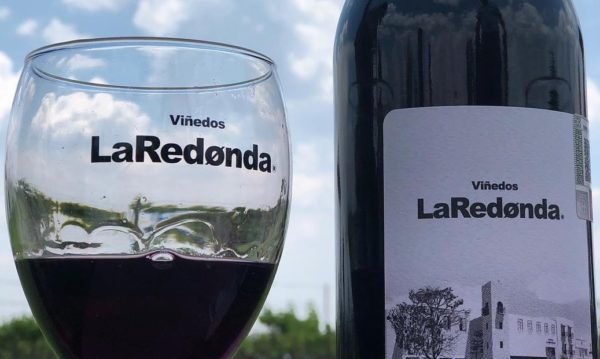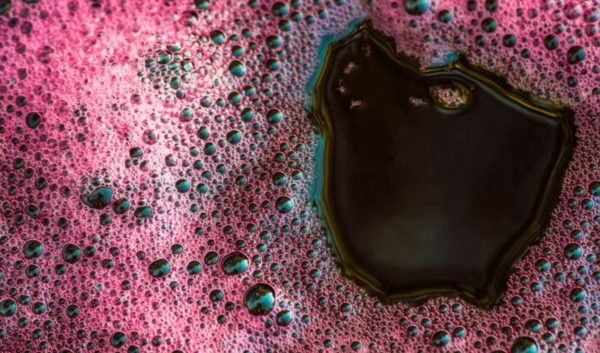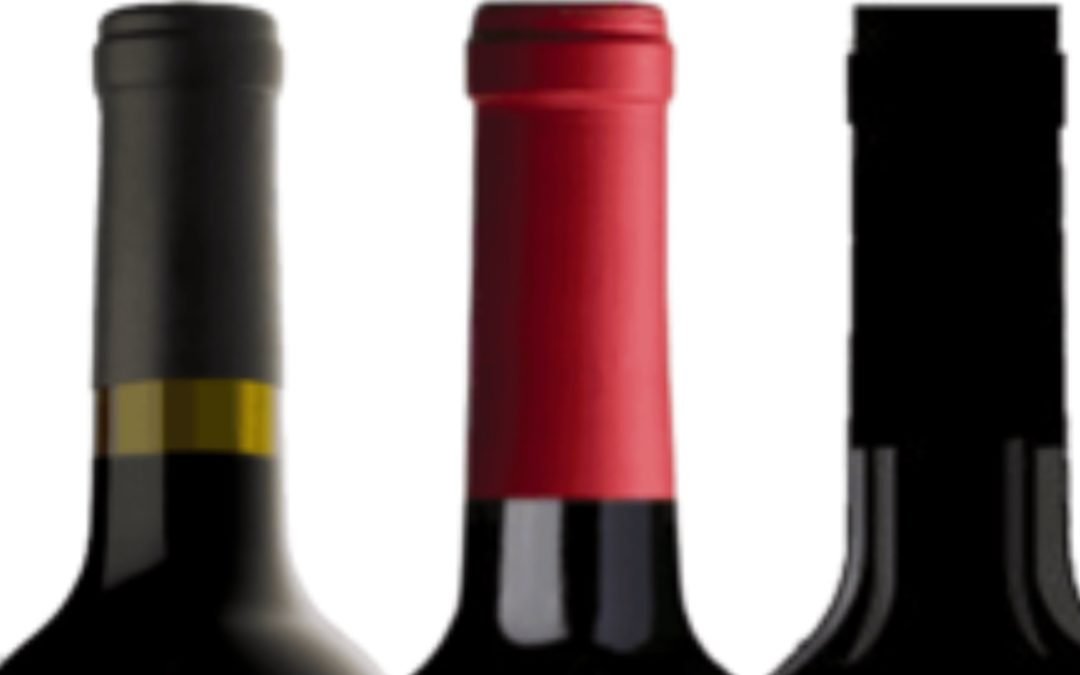I’m not sure where the expression cheap and cheerful comes from. Though I’m sure I didn’t originate it. I’m also not sure who first used the expression cheap and cheerful in regards to wine. But I’m sure I like their description.
When you drink as much wine as I do on my limited budget, those wines must almost always be cheap. And one of the reasons I drink as much wine as I do is absolutely, definitely the alcohol content. Simply because alcohol almost always fills me with cheer.
I recently raised my limited budget in Mexico for what I call my everyday wines (occasional splurges are definitely still allowed) from 240 to 320 pesos a bottle. Call it a matter of necessity. Particularly when it comes to Mexican wines, something I feel a patriotic responsibility to drink often.
I can still get a lot of good Spanish, Italian, Chilean and Argentinean wines at my old price ceiling but Mexican wines are tough. Even coming up with just five Mexican reds that are reasonably priced and readily available in San Miguel de Allende wasn’t easy. But it’s the kind of task I rise to the occasion for. So, without further ado, five cheap and cheerful Mexican reds.

Roganto Piccolo 2014. $308.
It took me a while to try this red simply because of the name. Piccolo translates in winespeak to a small (250 ml.) bottle and I therefore put this in the big splurge category. I then found out the price was for a 750 ml. bottle and added it to my cart.

Grapes for Piccolo come from both San Vicente and San Jacinto in the Valle de Guadalupe. The taste suggests a Bordeaux-style blend and the grapes, Cabernet Sauvignon, Tempranillo, Cabernet Franc, and Merlot, come close to supporting it (Tempranillo’s the odd man out). Piccolo is aged in French and American oak barrels for three months. Blackcurrants are the dominant fruit flavor.

La Redonda Malbec. $215.
This red comes from much closer to home and from a grape that you don’t often find anywhere in Mexico. La Redonda might just be Queretaro’s best winery and their Malbec is, in my opinion, their best value. Starting back in the Seventies, Italian-born Vittorio Bortoluz planted excellent strains of Malbec, a grape that is seldom seen except in Argentina and France.

Unlike Argentinean Malbecs, where even the least expensive usually spend a few months in oak barrels, La Redonda produces a Malbec without any aging. There aren’t a lot of sophisticated intricacies in the flavor but who cares; I love all of the plum and blackberry fruit. I didn’t include a year for the wine because the winery doesn’t show years on its bottles.

Viresa Surco 2.7 2013. $199.
Since the late Seventies, when winemaking became a relatively important industry in Mexico, the country has been struggling with what grape varieties are best suited to the climate. Camilo Magoni is one of Mexico’s most well-known winemakers, spending decades with major producer L.A. Cetto. In an interview with Amanda Barnes of “Around The World In 80 Harvests”, she reveals that Magoni has experimented with 112 different grape varieties.
At the low end of the price levels, I think Camilo Magoni may have found the most suitable variety of all with Cabernet Sauvignon in the Valle de Guadalupe. Vinícola Regional de Ensenada (VIRESA) is a collective, supplying grapes and juice to other producers as well as marketing their own labels including this 100% Cabernet Sauvignon. Viresa Surco 2.7 spends 12 months in the barrel and a minimum of 12 months in the bottle before it is retailed.

I think the reason Surco 2.7 is so good is because of carbonic maceration. Now I’m not sure I exactly understand what carbonic maceration is (or do I want to) but in the simplest of terms, it means that, instead of adding yeast to start fermentation, you use the entire grapes instead of just the juice and transform the sugars to alcohol naturally. All you really need to know is that the process produces a very fresh and fruity wine which is what I want in a cheap and cheerful red.

El Cielo Eclipse. $310.
I didn’t really want to like Eclipse because it comes from a place that calls itself a “winery and resort”. Resort? No, that’s not where I want my wine to come from. Especially seeing it’s near the top end of my new budget ceiling.

But El Cielo is different from a lot of boutique hotels in the Valle de Guadalupe. They don’t just have someone stick labels with their logo on glass bottles. They grow their own grapes. They produce their own wines and Eclipse, which combines Cabernet Sauvignon, Merlot and Nebbiolo is very good. The aromas and taste are much more complex than any of the other four wines in my cheap and cheerful list, thanks, partly, to 12 months in French oak.
You might want to order this one quickly as Eclipse was one of only two Mexican wines to win a gold medal this summer at the Concours Mondiale held in China.

Estación De Oficios El Porvenir Incógnito. $245.
I always think of this as Mexico’s mystery wine. To the best of my knowledge (which, I admit, isn’t very good when it comes to Incógnito), this wine is made at a winemaking school in Valle de Guadalupe. How they then get such consistency, year after year, I’m not sure. But I am sure, after four years of making this one of my most consumed Mexican reds, it’s one of the country’s very best values.
What I like is how much fresh fruit the wine has. Cabernet Sauvignon, Zinfandel and Grenache are the grapes and there’s no barrel aging. The plummy, peppery Zinfandel characteristics really come through. And Zinfandel may just be my favorite grape.
Purchasing Mexican wine from small producers is never easy. But the easiest place I do know to do it is from your easy chair. All five of the cheap and cheerful wines here are available online at Mercado de Vinos. Their website is mercadodevinos.mx.


Recent Comments